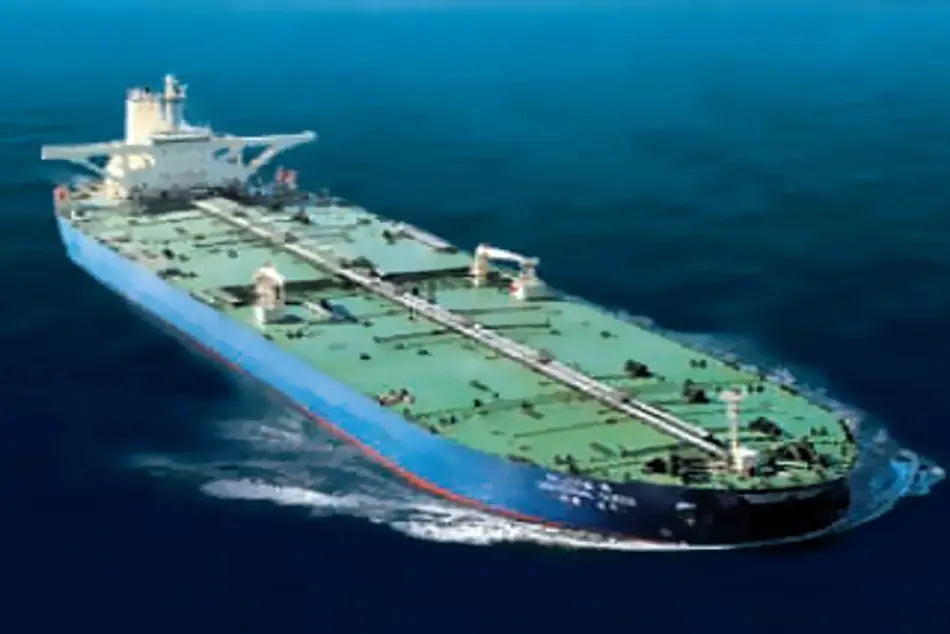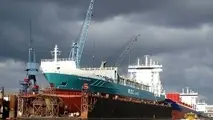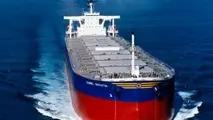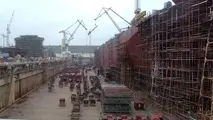Tanker Newbuilding Ordering Slows Down After “Frantic” First Half of 2017

Tanker ordering activity has slowed down over the past few months, after a very busy first half of the year. In its latest weekly report, shipbroker Gibson said that “earlier this year a rebound in tanker ordering activity had been observed, at a time of plenty of new deliveries and weak/falling industry earnings. Investment in new tonnage had been predominantly focused on VLCCs and LR2/Aframaxes, although there were orders placed in other segments as well. The interest in new tonnage had been in part driven by the collapse in newbuilding prices, following the malaise in the shipbuilding industry. Shipbuilders went through several years of very limited new order intake from all sectors within the shipping market, forcing yards to compete aggressively by pushing their prices lower and lower, down to their lowest level since 2003/2004. In the 1st half of 2017, 139 tankers above 25,000 dwt had been ordered, double the level for the whole of 2016”.
However, according to Gibson, “ordering activity has slowed down notably over the past few months, with just 37 units ordered since July. In the VLCC segment, 9 firm orders have been placed, versus 38 during the 1st half of the year. The change in investment appetite has been more dramatic in the Suezmax and LR2/Aframax segments. Just 4 Suezmaxes and 2 units in the LR2/Aframax size group have been ordered over the past four months, versus 16 and 44 correspondingly between January and June 2017. The only sector that has remained somewhat active is the MR segment (25,000 to 55,000 dwt), where 39 orders were placed in the 1st half of the year and another 22 orders since. Yet, even at these levels ordering activity is still limited, particularly when compared with investment levels witnessed back in 2012/13, when 340 MR orders were placed”.
Gibson added that “undoubtedly, the accelerating turmoil in the tanker market is a contributing factor to the latest slowdown in appetite for investment in new tonnage. Crude tanker earnings fell below the OPEX break-even mark over the summer months and in early autumn, while earnings in the product tanker market have faired similarly for most of this period. When earnings are low, it is challenging to argue the case for investing in new ships. There also have been several public statements by high profile individuals within the tanker industry, warning against ordering in the current weak market conditions”.
The shipbroker also noted that “however, it will be interesting to see whether we will see more activity in the newbuilding market in months ahead. The industry has entered the typical, seasonally strong period for tanker earnings. Demand for tonnage tends to increase in the 4th quarter, while weather related delays and disruptions also aid the tanker market over the winter months. Already, TCE returns for crude tankers have moved up notably in October and product tanker earnings have also benefited from more trading opportunities. In terms of asset values, although prices witnessed a minor uptick earlier in the year, they still remain at very low levels. The combination of firmer spot returns and rock bottom newbuild values may prove too attractive to resist. Yet, more orders now will only extend the period of rapid growth in the tanker market, delaying the sustainable recovery in the industry returns”, Gibson concluded.
Meanwhile, in the crude tanker market this past week, in the Middle East, Gibson said that “we have had a disjointed VLCC market this week with the gathering in Dubai. Although the week has been relatively active for 3rd decade cargoes, the momentum has not been great enough to force any meaningful change and levels remained rangebound throughout the week. Modern tonnage achieving low ws 70’s East with older units moving into high ws 50’s. West runs have paid ws 28 Cape/Cape. It was always a case of how low Suezmax rates were going to test down too this week after a couple of weeks of relative inactivity, they duly did with 140,000mt by ws 35 being paid twice for Basrah light to European destinations. On the back of this new low expect to see the market being more active. Aframaxes have experienced a sluggish week, enquiry levels have been minimal enabling Charterers to trim rates across the board. Levels to the East have fallen to 80,000mt by ws 125 and look set to come under further examination during next week”.



